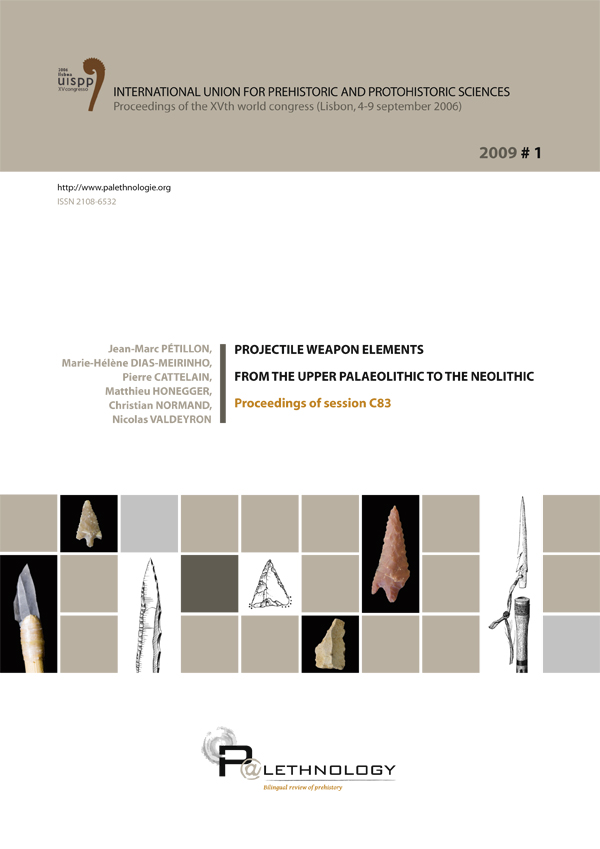The action of weathering on burned bone:
an Experimental Approach
Magali GERBE
Abstract
The alteration of bones following exposure to weathering is today well known, but it is possible that burned bones do not suffer the same type of changes since their physicochemical properties are modified by combustion. A series of experiments has been carried out with the aim of better understanding these reactions. These experiments form part of a more widespread attempt to better understand the impact of taphonomic agents on burned bones in order to estimate the distortions between bone material originating from experimental combustion and the fossil material.
Five experimental series resulting from the combustion of fresh cow humeri were exposed for eighteen months to weathering in a Mediterranean context. Several criteria were observed in order to highlight the impact of this exposure on the burned bones: degree of fragmentation, loss of bone mass, alteration of bone surface, influence of the degree of combustion (carbonised vs charred) and of the bone tissue (spongy vs compact) on the preservation of the material.
The results of these experiments mainly show a high fragmentation of the material (the small burned bones being in the majority), associated with a reduction in bone mass. In addition, spongy and charred bones have an increased sensitivity to the action of weathering, leading to their destruction. A preferential preservation of charred compact bone is thus expected.

